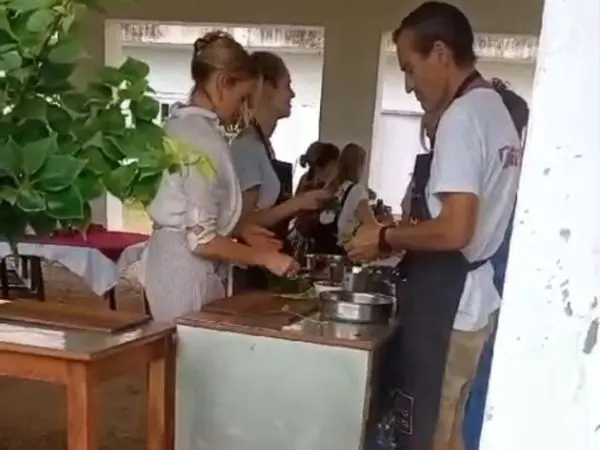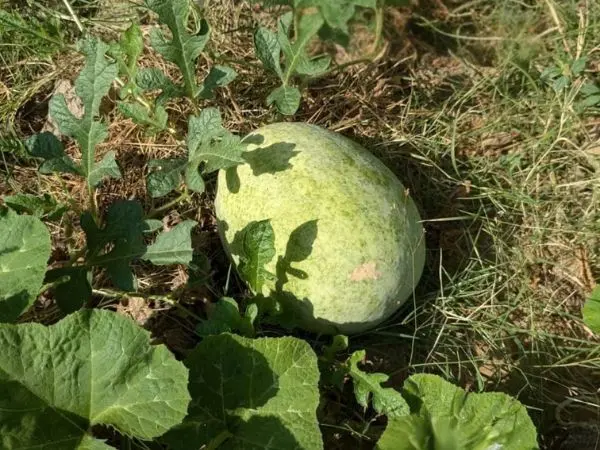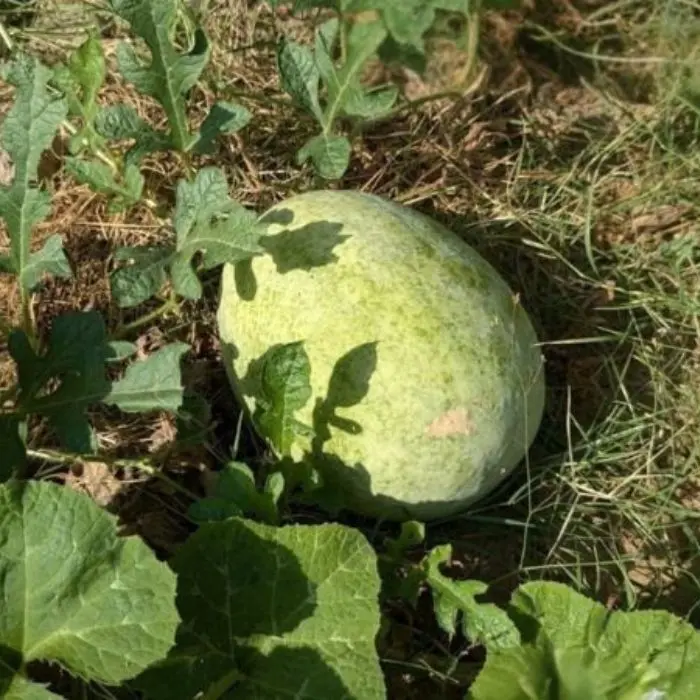Savista A Farm-to-Fork Destination: Summertime Super Heroes

Summertime Superheroes from the Kitchen Garden
There are some distinguishing features to the lifestyle at Savista Retreat and it’s gardens.
Particularly the kitchen garden. It is a continuous source of delight. And. that its produce frees us from pernicious dependence on the fruit and vegetable markets which have a dubious record of harmful stocks, is of considerable significance too. The newspapers in Jaipur, these days, are full of stories of vegetables arriving at the market yards from the most polluted grounds, riverbeds, and lands in which sewage water stagnates, with all the poisons that seep into the vegetables. These are alarming and worrisome practices, and most hotels and restaurants surrender in resignation.
However, at Savista Retreat, we do not despair. The hero here is our kitchen garden. The agro-climatic feature of Savista’s location is that we have sixty-day agricultural cycles. Each cycle has its unique and varied produce that is in sync with the peculiarities of the season, and this ensures variety across the year. You need never ever eat vegetables that are stale or have been stored. Our food is always straight from the farm yard to the kitchen and then on to the plate.
Summer’s Harvest: A Rich Platter of Greens and Fruits
The vegetables and fruits that form the menu at Savista these days were sown around the middle of March. It is now the middle of May, and in exactly eight weeks time we have a wide enough range of vegetables to rotate that can satisfy our palate.
When you roam through our kitchen garden you will find following vegetables :
- Gavaar beans,
- Tomatoes,
- Karela (bitter gourd),
- Lauki ( bottle gourd),
- Turai (ridge gourd),
- Tinda (belonging to the tomato family),
- Baingan (eggplant),
- Bhindi (okra),
- Palak (spinach),
- Pudina (mint),
- Green chillies,
- Kakdi ( cucumber),
- Hara dhania (cilantro),
- Kadi patta (curry leaves)
- Leswa ( a local berry).
This is a decently large list of vegetables and herbs, given the heat of the summer. The variety of ways in which each of these vegetables can be prepared guarantees a fairly rich and refreshing platter at the kitchen at Savista.
In the category of fruits,
- Mango (the king of fruits),
- Watermelon,
- Musk melon,
- Limes,
- Dates
As mentioned earlier, each of these vegetables and fruits now being harvested at Savista has a perfect fit with the seasonal conditions that obtain here in the summer months. One could write an article on the specifics of such a fit, in respect of each of these vegetables and fruits; but in this post, we will turn the spotlight on just one of our summer season super heroes, the watermelon.
Spotlight on a Superhero: The Watermelon

Citrullus Lanatus is a vine-like flowering plant. Its fruit, known as the watermelon and referred to as pepo by botanists, is a big sized berry which has a thick rind and a fleshy centre. Originally a native of South Africa, it is grown in Rajasthan during the summer season. At Savista we grow it both in the kitchen garden and in our fields.
Currently – in the months of May and June – the daytime temperature in Jaipur rises to over 45 degrees celsius. The sun is scorching and hot winds blow, exposing our skin to the burning sunlight and our bodies to the dangers of dehydration. But the watermelon shields us from all of this.
The lycopene present in the fruit protects our skin from the harmful ultraviolet rays of the sun. Rich in electrolytes and high in water content, the fruit helps to hydrate our bodies, regulates body temperature and transports the nutrients to various parts of the body. Research on the watermelon across the globe reveals a large number of health benefits from its consumption. The fruit delivers an array of nutrients, vitamins and minerals which together provide immune support, prevent cell damage, heal wounds, maintain healthy skin, nourish the eyes, reduce body fat, provide anti inflammatory and anti oxidant support, diuretic and kidney support, muscle and nerve support, and maintain heart health.
Summertime is when all of us at Savista indulge in this fresh, succulent fruit. It can be eaten straight after harvesting from the field, by cutting open the fruit and scooping out the flesh using the hard exterior as a bowl. It is amazing how cool the pulp tastes even when the fruit has just been taken in from the sun-baked field! If you like yours ice-cold, all that it needs is a few minutes in the refrigerator.
Conclusion
The kitchen garden at Savista Retreat is more than just a place to grow food; it embodies the joy of living in tune with the seasons and the richness of nature. During the summer months, our farm-to-fork approach offers not only a diverse selection of fresh produce but also emphasizes safety, sustainability, and nourishment. Each slice of watermelon and every homegrown herb allows our guests to truly appreciate the benefits of mindful living, connecting with the earth one seasonal delight at a time.

